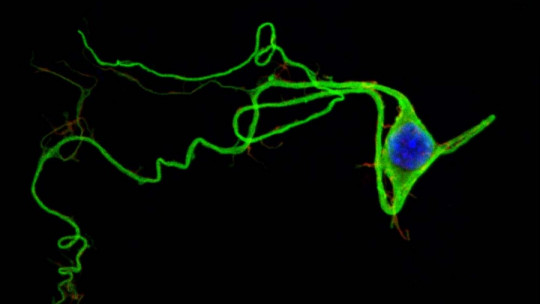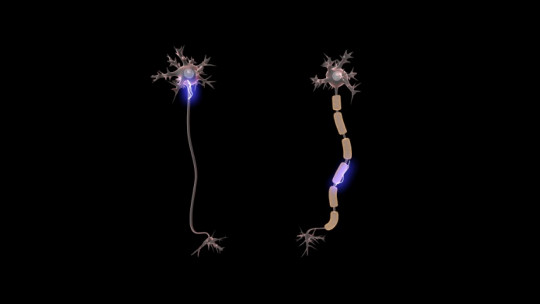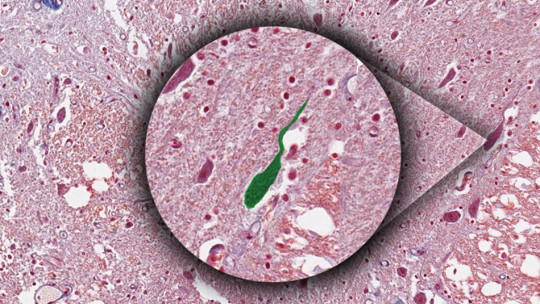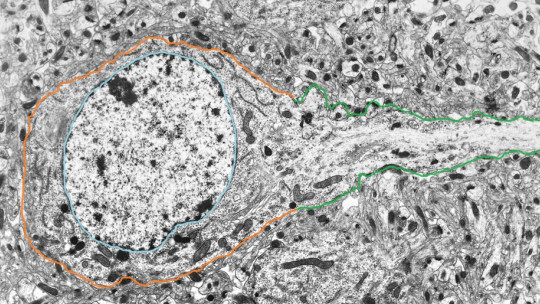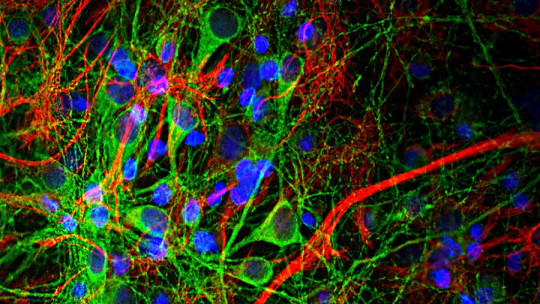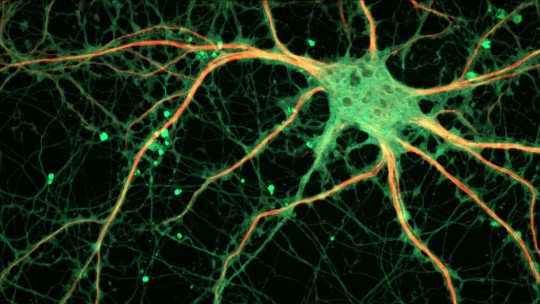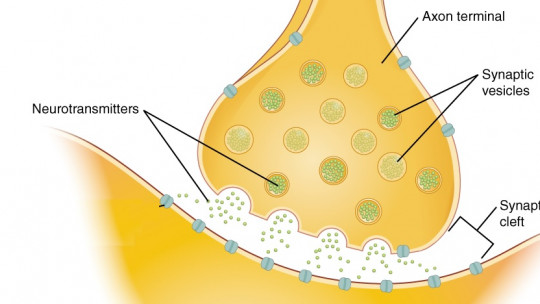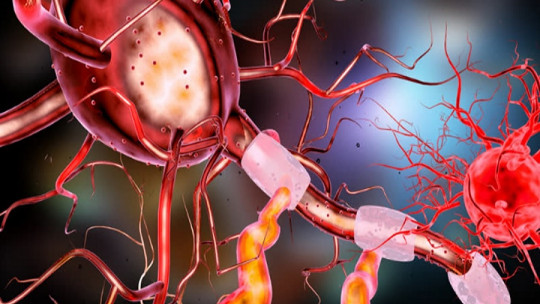
Neurons are very important cells, basically because they are the functional unit of our nervous system. Like any other cell, they consist of different parts, including the axon and the membrane that covers it, the axolemma
Below we will see in more depth the main characteristics of the axolemma, its most important sections, what type of substances and structures it is composed of and what importance it acquires during the transmission of the nervous impulse.
What is the axolemma?
The axolemma is the part of the cell membrane that surrounds the axon This part of the neuronal membrane fulfills various and important functions for the nervous system, since it is the cellular part responsible for maintaining the membrane potential. It presents ion channels through which ions can be rapidly exchanged between the neuronal interior and exterior, allowing the polarization and depolarization of the neuron membrane.
The axon in general terms
Before going into more detail about the axolemma, let’s see a little bit about what the axon is, the structure that the axolemma covers. The axon is a cellular extension with few branches, at right angles and with a diameter that remains constant along its path. Between neuron and neuron the axon can have different diameters and lengths, ranging from 1 to 20 micrometers in thickness and from 1 millimeter to 1 meter in length.
In addition to the axolemma, which is the structure that covers and protects the axon, it has other structures. The cytoplasmic medium of the axon is called axoplasm and, as happens to other types of eukaryotic cells, it has a cytoskeleton, mitochondria, vesicles with neurotransmitters and associated proteins.
The axon originates from the soma, that is, the body of the neuron, as a triangular structure called the axon cone. It continues with an initial segment that does not have a myelin sheath, which is a kind of neuronal insulator very important for the transmission of the nervous impulse efficiently and quickly. After this first initial segment comes the main segment, which may or may not have a myelin sheath, which determines the formation of myelinated axons or unmyelinated axons.
Description of the axolemma and general characteristics
All cells in the human body are delimited by a cell membrane, and neurons are no exception. As we have already mentioned, axons are covered by axolemmas, and they do not differ too much from the rest of cell membranes since they are formed by a double layer of phospholipids linked to different proteins.
The peculiarity of the axolemma is that it has voltage-gated ion channels, essential for the transmission of the nervous impulse. In this structure three types of ion channels can be found: sodium (Na), potassium (K) and calcium (Ca). The axolemma can be divided into two main sections: the axon initial segment (AIS) and the nodes of Ranvier.
1. Initial segment of the axon
The initial segment of the axon is a highly specialized region of membrane in the immediate vicinity of the soma of the neuron
The initial segment of the axon has a dense layer of finely granular material that covers the plasma membrane. A similar lower layer is found beneath the plasma membrane of myelinated axons in the nodes of Ranvier.
The initial segment acts as a kind of selective filter of molecules that allows the passage of proteins with axonal, although not dendritic, cargo into the axon.
2. Nodes of Ranvier
Ranvier’s nodes They are spaces just one micrometer long that leave the axon membrane exposed to extracellular fluid They are like interruptions that occur at regular intervals along the myelinated axon.
How is the nerve impulse conducted thanks to the axolemma?
In the central nervous system, axons are surrounded by myelin from oligodendrocytes or myelinated nerve fibers, while in the peripheral nervous system they can be surrounded by cytoplasmic extensions of Schwann cells (unmyelinated fibers) or by myelin from the nerve cells themselves. Schwann (myelinated nerve fibers of the PNS)
nerve impulses They are electrical currents that travel through the nervous system, reversing the voltage of the nervous cell membrane In a very simplified way, every time this process occurs we would be talking about an action potential, with the axolemma being highly involved. This process could not occur if the axon membrane did not have certain types of macromolecules in its composition, such as integral proteins. Among these structures we can find some like the following:
The nerve impulse is conducted through unmyelinated nerve fibers as a continuous wave of voltage reversal to the terminal boutons of the axon. The speed of this process will depend proportionally to the diameter of the axon, varying between 1 and 100 m/s In myelinated nerve fibers, the axon is covered by a myelin sheath, which is formed by the apposition of a series of layers of cell membrane, which acts as a kind of electrical insulator for the axon.
This myelin is made up of successive cells and, at each boundary between them, there is a kind of ring without myelin that corresponds to a node of Ranvier. It is at the nodes of Ranvier where the flow of ions across the axonal membrane can occur. At the level of the nodes of Ranvier, the axolemma presents a high concentration of voltage-gated sodium channels.

